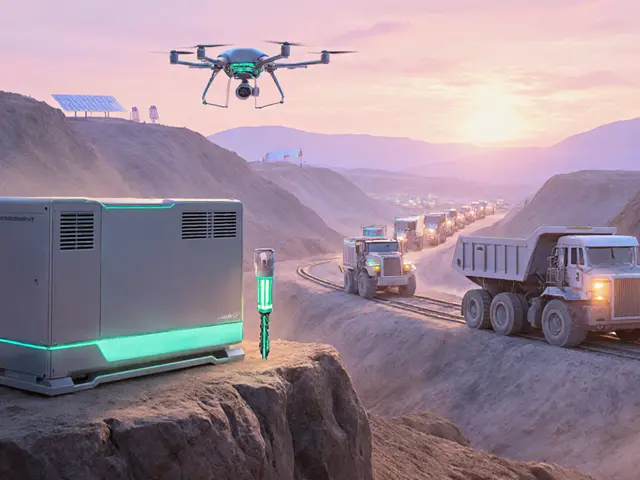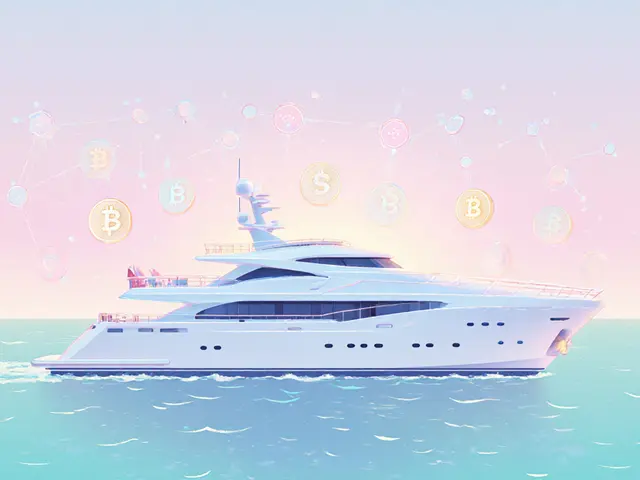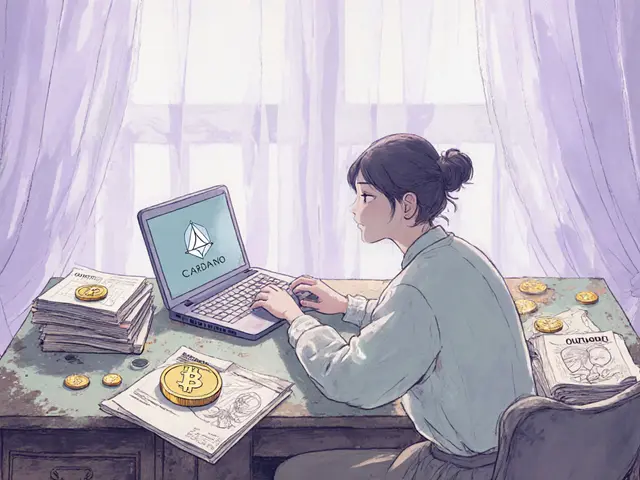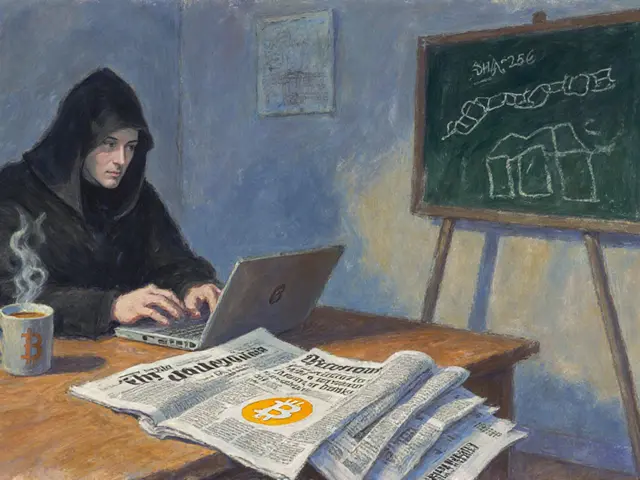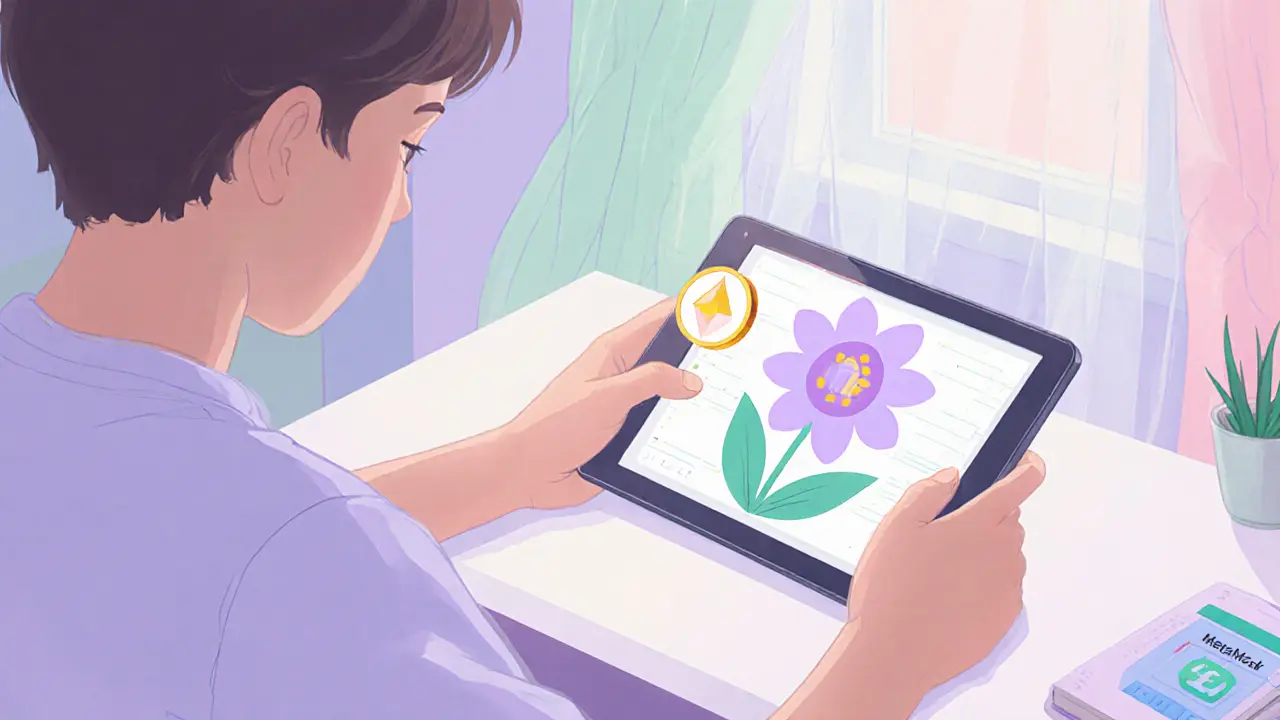
NFT Profit Calculator
Calculate Your NFT Profit/Loss
Enter your NFT transaction details to see your potential profit or loss after all fees.
Enter values to see your calculated profit or loss.
Buying and selling NFTs isn’t as complicated as it sounds-but it’s easy to mess up if you skip the basics. By 2025, the hype has faded, and the market is leaner, smarter, and more focused on real value. You’re not just buying a JPEG anymore. You’re buying proof of ownership on a blockchain, often tied to art, music, gaming items, or even real-world access. If you want to get in without losing money to scams or stupid mistakes, here’s how it actually works.
What You Need Before You Start
You can’t buy an NFT with a credit card. Not yet, anyway. You need three things: a crypto wallet, some cryptocurrency (usually ETH), and access to an NFT marketplace. That’s it. No fancy software. No special training. Just the right setup.The most popular wallet is MetaMask. It’s a browser extension and mobile app that holds your crypto and lets you sign transactions. It works with almost every NFT site. Other options include WalletConnect, Phantom (for Solana), or hardware wallets like Ledger for serious collectors. If you’re just starting, MetaMask is fine. Just make sure you write down your 12-word recovery phrase and store it somewhere safe-like a locked drawer, not a screenshot on your phone.
Now, you need money. Not dollars. Crypto. Most NFTs run on Ethereum, so you’ll need ETH. You can buy it on exchanges like Coinbase, Binance, or Kraken using your bank account or debit card. Once you buy ETH, send it to your MetaMask wallet. Don’t send it to the wrong address. Double-check the receiving address. One typo and your money is gone forever.
Choosing the Right Marketplace
Not all NFT marketplaces are the same. In 2025, OpenSea still handles over 80% of all NFT trades. It supports Ethereum, Polygon, Solana, and more. It’s the go-to for beginners because it’s simple, has tons of listings, and lets you buy with ETH, USDC, or even DAI.Other platforms like Foundation and SuperRare are more curated. They focus on high-end digital art and require an invite to sell. If you’re buying from big-name artists, these are worth checking. But if you’re just starting out, stick with OpenSea.
There’s also Blur and LooksRare, which are popular with traders who flip NFTs fast. They offer lower fees and better tools for active buyers-but they’re not for casual users. Stick with OpenSea until you know what you’re doing.
How to Buy an NFT
- Go to opensea.io and click "Connect Wallet" in the top right.
- Choose MetaMask (or your wallet) and approve the connection.
- Search for an NFT collection. Type in a name like "Bored Ape Yacht Club" or "Art Blocks" to see popular drops.
- Click on an NFT you like. Look at the price, how many have sold, and who the creator is.
- Check the transaction history. Has it been traded before? At what price? If it just dropped from $5,000 to $800, that’s a red flag.
- Click "Buy Now" if it’s listed at a fixed price, or "Place Bid" if it’s an auction.
- Your wallet will pop up. Confirm the transaction. You’ll see the gas fee-this is the network cost. Wait for it to go through.
Once it’s done, the NFT shows up in your wallet under the "Assets" tab. That’s it. You own it.
Pro tip: Don’t buy based on hype. Don’t jump in because someone on Twitter says it’s going to 10x. Look at the project’s Discord, Twitter, and website. Is there a team? Are they active? Do they have a roadmap? If it’s just a logo and a whitepaper written by a bot, walk away.
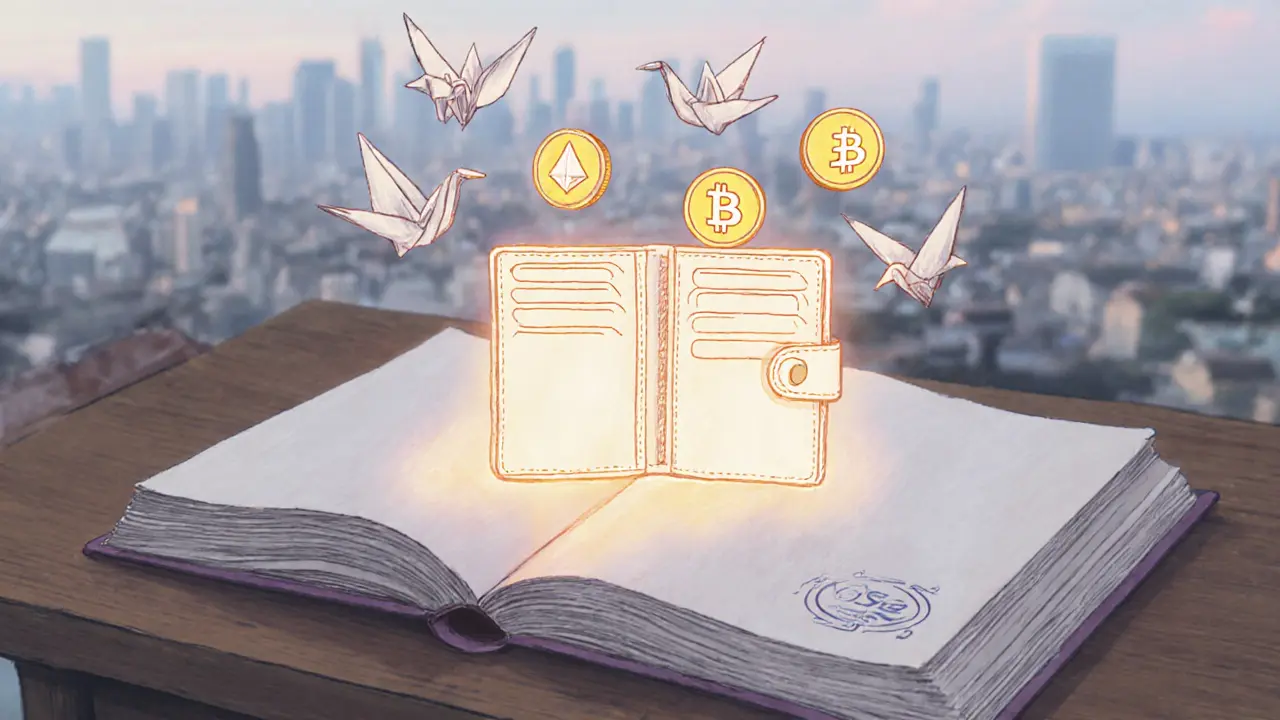
How to Sell an NFT
Selling is just as simple-but trickier. You need to price it right, or it’ll sit there for months.- Connect your wallet to OpenSea.
- Click your profile icon, then "My Collections" or "Assets".
- Find the NFT you want to sell and click "Sell".
- Choose your listing type: Fixed Price (set your own price) or Timed Auction (let people bid over 24 hours or 7 days).
- Set your price in ETH or USDC. Check recent sales of similar NFTs in the same collection. Don’t guess. Look at the numbers.
- Set a reserve price if you’re doing an auction. This is the lowest you’ll accept.
- Click "Complete Listing". You’ll pay a small gas fee to list it.
OpenSea takes a 2.5% fee on every sale. The original creator usually gets a royalty-often 5-10%-on every resale. That’s normal. It’s how artists keep earning.
Here’s the catch: if your NFT doesn’t sell in 30 days, cancel it and relist at a lower price. Most people overprice their NFTs. They think their JPEG is worth $1,000 because they paid $500 for it. Reality check: if no one’s buying at $500, it’s not worth $1,000.
Fees You Can’t Ignore
There are three fees you pay every time you interact with an NFT:- Gas fees: Paid to the blockchain to process your transaction. On Ethereum, this can be $10-$50 during busy times. On Polygon, it’s often less than $0.10. Always check the fee before confirming.
- Listing fee: Some platforms charge a small one-time fee to list your NFT. OpenSea doesn’t.
- Selling fee: Usually 2.5% on OpenSea. Other platforms may charge up to 10%.
Here’s a real example: You buy an NFT for 0.5 ETH ($1,200). Gas fee to buy: $25. You list it for 0.6 ETH ($1,440). It sells. You pay 2.5% fee ($36) and another $30 gas fee to transfer the ETH to your wallet. Net profit: $1,440 - $1,200 - $25 - $36 - $30 = $119. That’s after fees. Not bad-but only if you picked the right NFT.
Red Flags and Scams
The NFT space is full of fakes. Here’s how to avoid getting burned:- Never click links from DMs or Twitter comments. Scammers send fake OpenSea pages that look real. Always type the URL yourself.
- Verify contract addresses. On OpenSea, click the collection name. It should show a verified checkmark. If it says "unverified," don’t buy.
- Don’t trust influencers. Just because someone says "This NFT will make you rich" doesn’t mean it will. They might be promoting their own trash.
- Check the team. Look up the creators on LinkedIn. Are they real people? Do they have past projects? If it’s just a pseudonym with no history, run.
- Watch for rug pulls. A project launches, hype builds, people buy, then the team disappears. No updates. No Discord. Just silence. That’s a rug pull.
There’s a reason the NFT market crashed after 2021. Too many people bought without understanding what they were buying. Don’t be one of them.
Why This Still Matters in 2025
NFTs aren’t dead. They’re just growing up. Big brands like Nike, Adidas, and even airlines are using them for digital tickets, loyalty rewards, and virtual wearables. Games like Axie Infinity and The Sandbox let you own in-game items as NFTs and trade them freely. Artists are selling music and art directly to fans without middlemen.And the tech is getting better. Layer 2 networks like Polygon and Arbitrum have cut gas fees by 90%. Wallets are easier to use. You can now buy NFTs with Apple Pay on some platforms. The barrier to entry is lower than ever.
The future isn’t about buying a monkey picture to flip. It’s about owning digital assets that give you access, utility, or rights. If you’re interested in digital art, gaming, or decentralized ownership, NFTs are still one of the best ways to get started.
What to Do Next
Start small. Buy one NFT for under $50. Just to see how it works. Use MetaMask. Use OpenSea. Watch the transaction go through. Then list it. See how the selling process feels. You’ll learn more in one hour of doing it than ten hours of reading guides.Join a Discord community for a project you like. Ask questions. Watch how real collectors talk. Avoid the hype channels. Stick to the ones where people share research, not memes.
And never invest more than you can afford to lose. NFTs are not stocks. They’re digital collectibles. Their value comes from what people believe they’re worth. That can change fast.
Can I buy NFTs with PayPal or credit card?
Not directly on most NFT marketplaces. You need cryptocurrency first. But platforms like OpenSea now let you buy ETH using PayPal or a debit card through integrated partners like Stripe or MoonPay. You still end up with ETH in your wallet, but the initial step is easier.
Do I own the copyright when I buy an NFT?
No. Buying an NFT gives you proof of ownership of that specific token on the blockchain. It doesn’t give you copyright, commercial rights, or the ability to print and sell copies of the image. Unless the creator explicitly states otherwise in the smart contract, you can’t use the artwork for profit.
What’s the cheapest way to buy NFTs?
Use OpenSea on the Polygon network. Gas fees are under $0.10, and many low-cost NFTs are listed there. You can buy your first NFT for as little as $5-$10, including fees. Avoid Ethereum for small purchases-it’s too expensive.
How do I know if an NFT collection is legitimate?
Check three things: 1) The collection has a verified checkmark on OpenSea. 2) The team has public profiles and past work. 3) The Discord and Twitter are active with real conversations-not just bots and paid promotions. If the website looks like a template and has no team page, it’s probably fake.
Can I lose my NFTs?
Yes-if you lose your private key or recovery phrase, you lose access forever. If you send your NFT to the wrong wallet address (like sending an Ethereum NFT to a Solana wallet), it’s gone. Always double-check addresses and keep your recovery phrase offline.
Should I use a hardware wallet for NFTs?
If you own valuable NFTs (worth more than $1,000), yes. Hardware wallets like Ledger or Trezor keep your private keys offline, making them immune to hacks. For small, experimental purchases, MetaMask is fine. But for serious collections, hardware is the only safe option.



